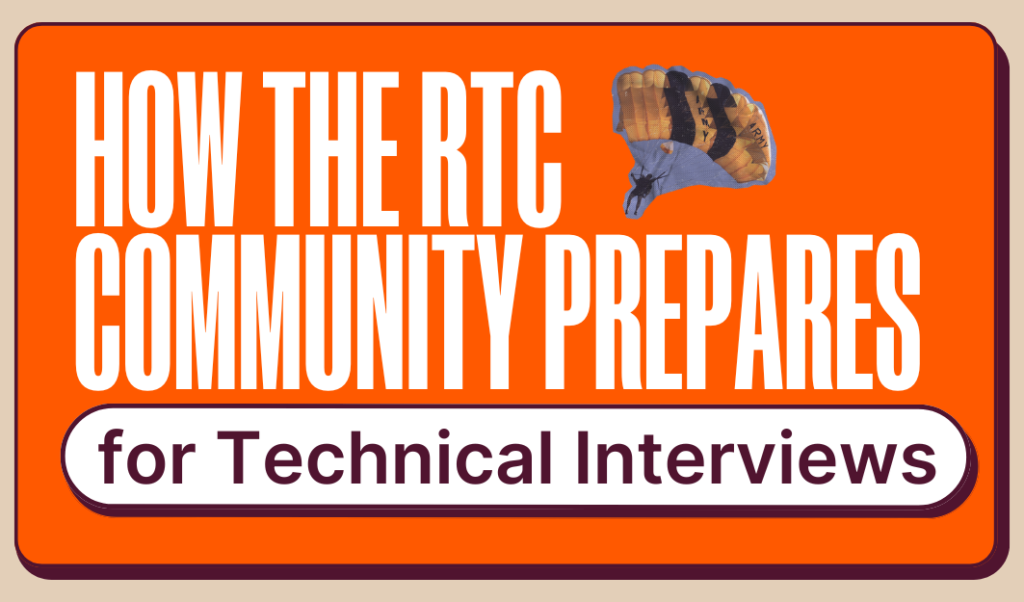
We took a poll during our January 2025 TechConnect event and asked the question: “If tech interviews were a video game, which difficulty mode would they be?”
- 29.9%: Nightmare mode – almost impossible
- 37.4%: Hard – brutal but doable
- 30.8%: Medium – challenging but manageable
- 1.9%: Easy – a walk in the park
For the vast majority of our members, tech interviews are challenging, but they are necessary for tech professionals to get a job. So how do you prepare for them?
Let’s dig in.
Understanding the Process
There are multiple formats of technical interviews. Coding interviews, which is what a lot of people think of when they think of technical interviews, are just one form. There are plenty of others. Here’s a brief overview of the most common technical interviews:
Coding Interview
- Focuses on data structures, algorithms, and problem-solving
- Candidates write code in real-time on a whiteboard, shared doc, or coding platform
- Typically seen in software engineering roles and early-stage interviews
System Design Interview
- Tests ability to architect scalable, reliable, and efficient systems
- Candidates discuss databases, APIs, caching, load balancing, and scalability
- More common in mid-to-senior-level roles or backend-heavy positions
Behavioral + Technical Problem-Solving Interview
- A mix of technical discussions and behavioral questions
- Focuses on real-world engineering challenges, troubleshooting, and debugging
- Common in startups, product-focused companies, and mid-level+ roles
Pair Programming Interview
- Tests coding ability, communication, and problem-solving approach
- Work collaboratively with an interviewer to solve a problem in a live coding environment
- More common in developer-friendly companies.
Take-Home Project Interview
- Evaluates practical coding skills, architecture, and documentation
- Candidate completes a small real-world project
- More common in startups and product-driven companies rather than FAANG-style algorithm interviews.
How RTC Members Prepare
In our 2024 Recruiting Experience survey, we asked our members who accepted an offer how they prepared. The results were a blend of the following (in order of most commonly cited):
- Studied Leetcode (or similar)
- Watched Videos on Interviewing
- Reviewed the materials provided by the company
- Participated in mock interviews
But even though these members accepted offers, it doesn’t mean that they were confident going in. Over 65% of those who accepted felt ill-prepared or neutral about their preparedness levels.
Start early, work hard, and you’ll get there. You will find that job.
If you’re looking for practice tips and advice specifically for coding interviews, we’ve got a resource for you, written by our Sr. Director of Data and Technology, Lucille Tasker.
Community Support & Overcoming Challenges
Work to build up that confidence, whether that’s by working with a mentor (you can find one using your teamRTC account), utilizing RTC’s #prep-coding-interview or #prep-mock-interview Slack channels, diving into all of the resources in teamRTC, or even just working on confidence-building strategies.
Learn from your rejections, as well. Ask the interviewer after you’ve received a rejection on where you can improve. Use that knowledge to help you move forward.
You’ve got this! We’re here for you, and so is the rest of the RTC community.
If you aren’t a member, join us!